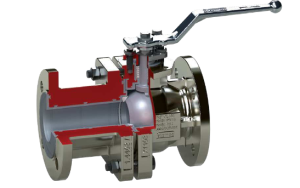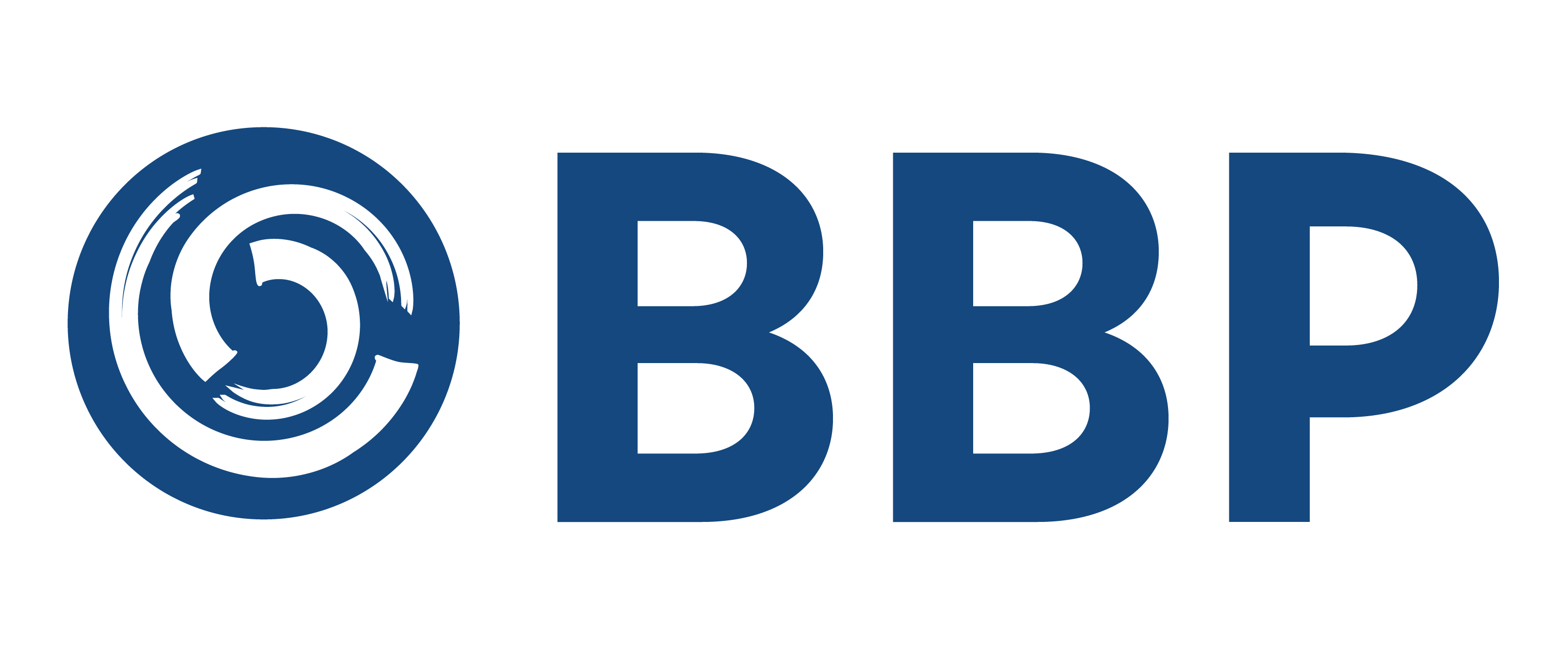Atomac™ AtoStar™ Lined Valves Support the Drive to Digitization
 Semiconductor manufacturing is booming because computer chips are the essential components in integrated circuits for a new era of smart consumer products and industrial equipment.
Semiconductor manufacturing is booming because computer chips are the essential components in integrated circuits for a new era of smart consumer products and industrial equipment.Semiconductors are extremely thin layers of silicone built under ultra-clean conditions. That’s why the makers of semiconductors — and the chemical companies that supply their raw materials — rely on flow control solutions that enable them to meet the highest purity requirements.
Proven valves for advanced manufacturing
This is why successful companies count on Atomac AtoStar lined ball and check valves from Flowserve to control the flow of chemicals used to clean and etch semiconductor components. These valves also are used to manufacture and transport the chemicals used to make these components.
Atomac AtoStar valves are lined with perfluoroalkoxy (PFA) copolymer resin, which is impervious to virtually all chemicals and solvents.
With Flowserve as your partner, semiconductor manufacturers, their chemical suppliers and the original equipment manufacturers (OEMs) of chemical tanks and tank trucks can be assured that no impurities enter process fluids from the Atomac AtoStar ball valves. Likewise, the PFA coating of all the internal valve components and surfaces prevents chemical interaction that could corrode the valve body material and release contaminates from the base material into the process fluid.
And, as semiconductor companies race to expand existing plant capacity and construct new manufacturing facilities, Flowserve can help them and their chemical suppliers to complete projects on time with valve lead times that meet market expectations.

Atomac AtoStar PFA-lined stainless steel ball valves meet the purity standards required in semiconductor manufacturing, as well as the manufacturing and transportation of the chemicals used by the semiconductor industry.
 The global semiconductor boom
The global semiconductor boom
Global semiconductor sales reached $500 billion in 2021 — a 25% increase over the previous year. That’s also an industry record for total sales and units shipped. And there’s more growth to come. Semiconductor sales are projected to reach $692.5 billion by 2025 and go as high as $1 trillion. That’s bigger than the global fast-food industry.
Semiconductors are critical to equipment and systems that digitize processes to enhance efficiency and minimize energy consumption and costs. As companies focus on their energy transition initiatives to switch to cleaner and renewable power sources and shrink their carbon footprints, they will continue to drive demand for faster and more capable semiconductors.
Driving semiconductor growth: Adoption of smart devices
- Cleaning – Isopropyl alcohol (IPA) is commonly used in a variety of cleaning processes, including drying. Hydrogen peroxide (H2O2) plus hydrochloric acid (HCL) or sulfuric acid (H2SO4) are used for metal cleaning after various fabrication steps to remove leftover particles and trace contaminates that can interfere with the electrical circuits.
- Etching – Hydrofluoric (HF) acid and phosphoric acid (H3PO4) are used for etching oxide and nitride silicon.
- Transportation and storage – All of these liquid chemicals are shipped from suppliers to semiconductor fabrication facilities in tank trucks; they’re then unloaded and stored in on-site tanks until needed.
Ultra-pure standards compliance
Strict quality standards for semiconductors limit manufacturing contaminates; allowable amounts are so small that they’re measured in parts per billion or parts per trillion. If the acids and solvents fail to meet requirements, the chip manufacturers’ production volumes can be significantly reduced and costs can escalate. Chips can fail to meet performance requirements, too.
Enabling the semiconductor companies and their chemical suppliers to meet the standards calls for inner components and surfaces of Flowserve Atomac AtoStar valves to be absolutely smooth, without any scratches or impurities, in order to prevent contaminants from entering the process chemicals
Chemically inert lining
Flowserve Atomac AtoStar lined valves have supported the process industry for decades. Each Atomac AtoStar valve from Flowserve is lined with PFA resin, which neither reacts with the process chemicals nor allows the chemicals to interact with the metallic construction materials. PFA withstands high temperatures, and its frictionless qualities enable improved flow. This design meets the following unique requirements for semiconductor manufacturing processes, which typically are conducted in clean rooms:
- No lining burrs on the flow path
- No unevenness on the sealing surface
- No contamination or discoloration
- No cleaning or assembly of the valve with oil or grease
Atomic AtoStar lined ball valves
- AS1
- DIN face-to-face and flanges
- Two-piece, full-port design
- ANSI B16:5
- AS2
- ANSI long face-to-face and flanges
- Two-piece, full-port design
- ANSI B16:5
- AS3
- ANSI short face-to-face and flanges
- Two-piece, reduced-port design
- ANSI B16:10
- AS4
- ANSI short face-to-face and JIS flanges
- AS5
- Japanese face-to-face and JIS flanges
Leveraging an expert partner to make your world better
 Semiconductors are the building blocks for today’s popular consumer electronics devices. But they also form the foundation upon which companies are building the advanced systems they need to successfully complete their energy transition and digital transformation initiatives.
Semiconductors are the building blocks for today’s popular consumer electronics devices. But they also form the foundation upon which companies are building the advanced systems they need to successfully complete their energy transition and digital transformation initiatives.
Flowserve is the ideal partner to help your organization maximize energy efficiency and minimize or eliminate greenhouse gas emissions that contribute to climate change. We also are uniquely capable of enabling your semiconductor manufacturing company and chemical supply company to keep ahead of the ever-increasing chip demand.
And, as more products and systems are digitized, Flowserve can provide the right flow control equipment to meet your timelines for projects to expand existing semiconductor fabrication plants or construct new chip foundries.
Throughout our history of more than 220 years, Flowserve has leveraged unmatched flow control expertise and global resources to support customers across industries during periods of significant change and growth. Today, we are decarbonizing, digitizing and diversifying our own operations and products to make the world better for everyone.
And, for semiconductor companies and their chemical suppliers, that means we’re ready with extraordinary solutions that can make your world better, too







